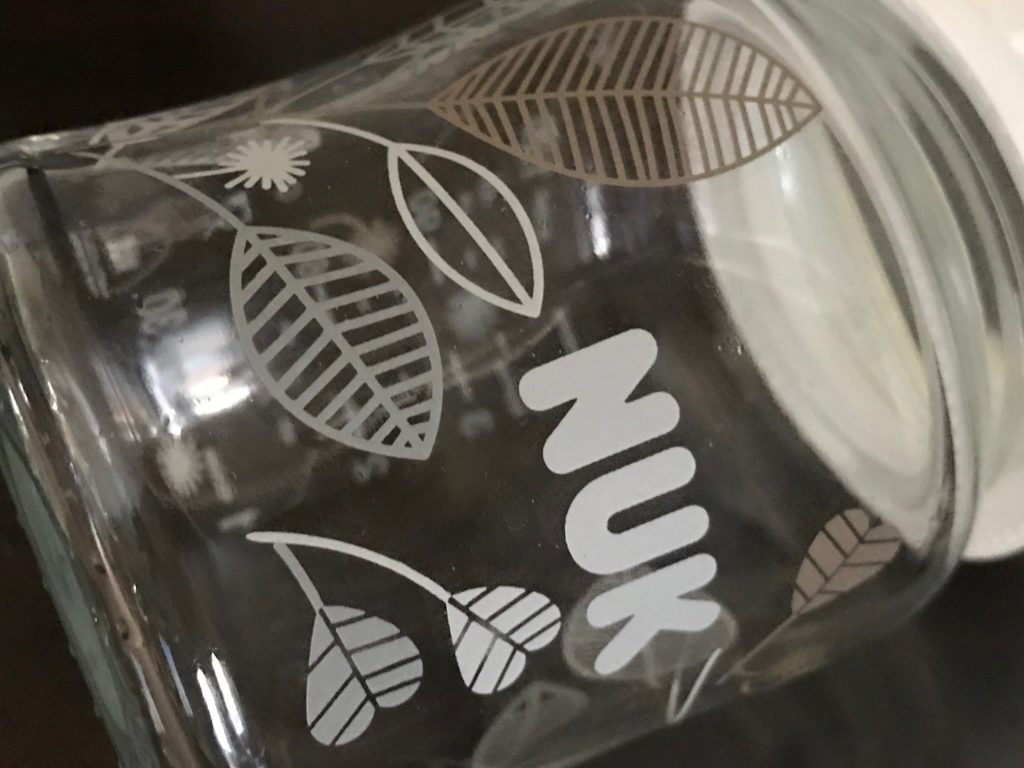
Australians are eating the RoundUp chemical ‘glyphosate’ for breakfast and parents are unknowingly feeding it to infants in baby food.
https://thenewdaily.com.au/news/2019/07/20/roundup-food-cancer/

Tom's Blog on Life and Livingness

Australians are eating the RoundUp chemical ‘glyphosate’ for breakfast and parents are unknowingly feeding it to infants in baby food.
https://thenewdaily.com.au/news/2019/07/20/roundup-food-cancer/

Here is a very genuine state of emergency which the big pHarma funded legislators do not even acknowledge let alone address!

These look worth trying!

This matches my own observations and experiences. A mate of mine told me once you cannot overeat on raw food.


In recent years, Alzheimer’s disease has occasionally been referred to as “type 3” diabetes, though that moniker doesn’t make much sense. After all, though they share a problem with insulin, type 1 diabetes is an autoimmune disease, and type 2 diabetes is a chronic disease caused by diet. Instead of another type of diabetes, it’s increasingly looking like Alzheimer’s is another potential side effect of a sugary, Western-style diet.
In some cases, the path from sugar to Alzheimer’s leads through type 2 diabetes, but as a new study and others show, that’s not always the case.
A longitudinal study, published in the journal Diabetologia, followed 5,189 people over 10 years and found that people with high blood sugar had a faster rate of cognitive decline than those with normal blood sugar—whether or not their blood-sugar level technically made them diabetic. In other words, the higher the blood sugar, the faster the cognitive decline.
https://getpocket.com/explore/item/the-startling-link-between-sugar-and-alzheimer-s

Media reports have claimed that there is no scientific evidence supporting the link between vaccines and autism. Here we provide for the reader research that demonstrates links between vaccines and autism, and the mechanisms by which vaccines can cause autism.

Today, chemical food dyes are commonly added to foods to improve their color and give them a vibrant appearance. These chemical food dyes are made from petroleum – the yellow liquid that is mined from the earth to produce motor oil and gasoline.

It just takes a microscopic amount of Lead to poison a child! Federal regulatory agencies (EPA, CDC, FDA) agree that there is no safe amount of Lead exposure for a child. The Lead content of the paint in most of these products is VERY HIGH. The amount of Lead – outside of this loophole – that is supposed to be considered illegal and unsafe for use in children’s products is anything 90 ppm Lead or higher in the paint or coating. The paint I tested on the outside surface of this baby bottle is almost 20,000 ppm.

Churchill may have been a racist war criminal but he got this one dead right!